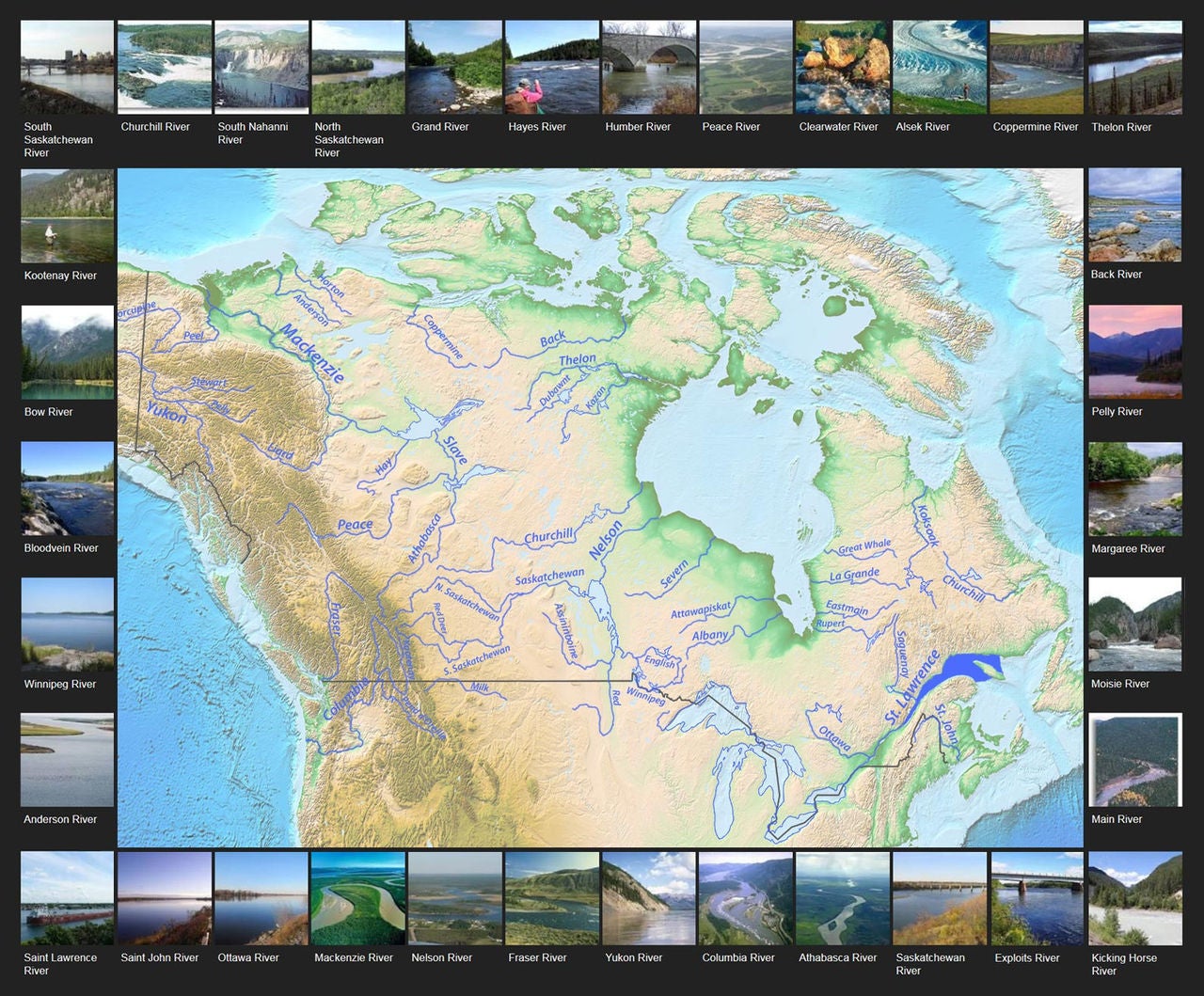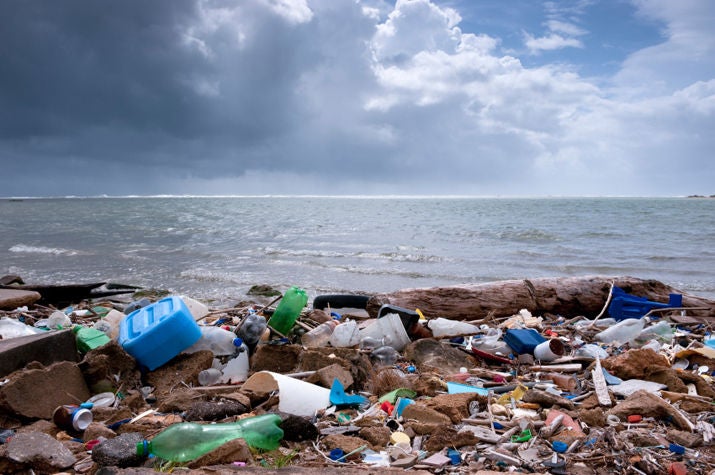Jun 8, 2017
April Overall
With over 202,000 km of coastline along three oceans and 891,163 square kilometres of its total area covered by fresh water, Canada is a nation defined by its connection to water. Much of our history is rooted in these passageways. Let’s dive into just a few of Canada’s amazing waterways.
Hudson’s Bay
Henry Hudson was the first European to sail into the bay in 1610. Less than a century later, this area was booming with European activity. It proved to be a critical route for the fur trade in the North-West. The York Factory set up shop in 1670 at the mouth of the Nelson River and a few years later it became home to the renowned Hudson’s Bay Company. The company set up posts along Albany river and also Moose river and traded with Natives in the area.
Kazan River
This unspoiled river in Nunavut is a magnet for nature lovers. The name Kazan comes from a Chipewyan word for “white swan” and this 850-kilometre body of water is incredibly important to Native history. For hundreds of years, the Caribou Inuit relied on this river for survival. The water itself and the caribou that migrated along it helped to nourish their people. It remains one of Canada’s most cherished and untouched waterways to this day.
St. Lawrence River
In 1535, Natives helped to guide Jacques Cartier along the St. Lawrence River in 1535. It became one of the main routes future explorers would take to discover new areas of Canada. In 1608, the French built settlements in the area which would shape New France and the province of Quebec in future years. The river also accommodated the growing timber trade in the 19th century.
Yukon River
This historically significant waterway is a whopping 3,200 kilometres long and extends from Alaska to British Columbia. When gold was discovered in the area in 1896 this waterway became the primary route for the Klondike Gold Rush. The search for gold led 1,600 people to the Yukon River basin between 1897 and 1899 and led to the establishment of the Yukon Territory.

- 0
- 1


